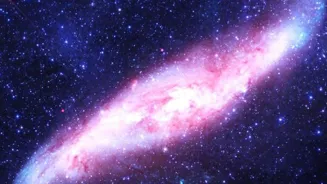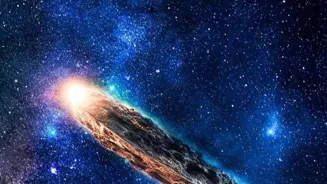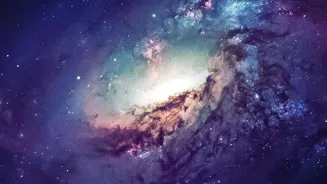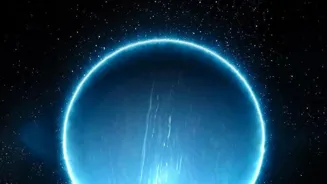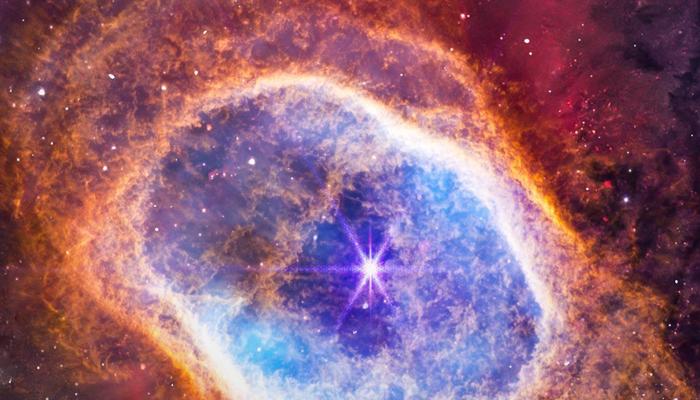Unveiling the Universe: A Journey from Atoms to Galaxies! Dive into the mysteries that shape our cosmos
Ever wondered what the universe is really made of? How does everything fit together, from the tiniest
particles to the gigantic galaxies we see through telescopes?
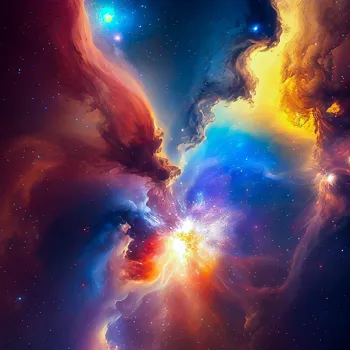
It is a fascinating topic that scientists have been studying for centuries, and while we still have a lot to learn, we have discovered quite a bit about it. Let us take a journey from the smallest building blocks of matter to the grandest structures in the cosmos.
Atoms are the foundation of all matter, made of protons, neutrons, and electrons
The foundation of everything around us starts with atoms. You have probably heard of them in your science class. Atoms are the basic building blocks of all matter.
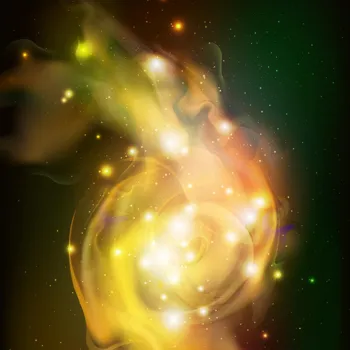
Think of them like Lego bricks, but instead of building houses, they build everything – from your mobile phone to the stars in the night sky. Now, atoms are not just one single thing, they too are made of even smaller parts. These parts are called protons, neutrons, and electrons.
The protons and neutrons hang out in center of the atom that is called nucleus, whereas the electrons whiz around the nucleus in paths that we call orbitals.
Atoms combine to form molecules, creating vast materials variety
The no. of protons in an atom decides what kind of element it is. For example, if an atom has only one proton, its hydrogen. If it has six, its carbon. These elements, from hydrogen to uranium, are neatly arranged on a periodic table that you might have spotted in your classroom.
The magic happens when atoms combine. Think about oxygen and hydrogen combining to form Water. It is completely different than either oxygen or hydrogen alone. This is how the thousands upon thousands of molecules are formed that make up pretty much everything, including all the living things.
In turn these molecules combine with each other to form various kinds of materials.
Molecules form all matter, from gases to solids
Next up are molecules. Molecules are formed when two or more atoms stick together. Imagine atoms as individual letters, and molecules as words formed by those letters. Water is a great example: two hydrogen atoms and one oxygen atom bond together to create a water molecule (H2O).
There are countless types of molecules, each with their own unique properties. These molecules come together to form everything we see around us. From gases composing air to making up solids like rocks and metals, everything consists of molecules organized in different ways.
Molecules form materials shaping our world
These molecules get together and become the materials that make up our everyday lives. They form the rock you see during trekking and the metal that makes up your cycle. Some materials are organised nicely in a crystal structure, some are found as a jumbled mess.
Think of it as a giant game of building blocks where molecules come together to create buildings, vehicles, and food. The way these molecules are arranged decides that what material it will become.
Cells are the building blocks of life, from molecules to organisms
Stepping upward from molecules, we encounter cells. Cells are the basic units of life. They are like tiny, intricate factories where all the processes necessary for life occur. Inside a cell is a soup containing all the molecules. These molecules include proteins, fats and DNA.

Complex structures of cells like nucleus, mitochondria carry out tasks that keeps the cells alive. Every living thing is composed of cells from the smallest bacteria to the biggest trees.
In most of the organisms like animals, the cell come together to form tissues, tissues from organs that form organ systems, and finally the whole organism.
Trillions of cells work together in organisms, including humans
Plants and animals that you see around you consist of trillions of cells, all working together to keep the organism alive and functioning. The human body is a complex collection of cells, tissues, and organs. They all work in harmony.
The organs such as the brain, heart, and lungs work together to keep you alive.
Exploring the celestial realm of our solar system
Moving beyond the realm of the familiar, we enter the celestial realm. Our planet Earth is a part of Solar system. At the centre of this solar system is our start, called the Sun. The sun is massive ball of hot gases that provides light and heat that sustains life on earth.
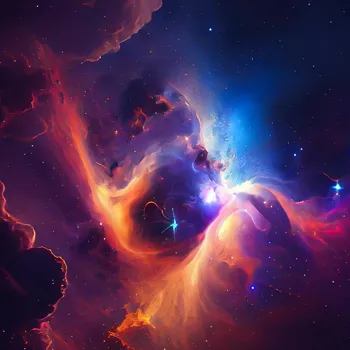
The planets (including Earth) revolve around the Sun in elliptical paths. The planets are of two types, rocky planets and gas giants. Earth, Mars, Venus are rocky planets. Jupiter and Saturn are gas giants.
Our solar system: planets, asteroids, comets, dwarf planets
Apart from the planets, our solar system also contains asteroids, comets, and dwarf planets. Asteroids are rocks that are left over from the formation of the solar system. Comets are icy bodies that produce a tail when they come close to the Sun.
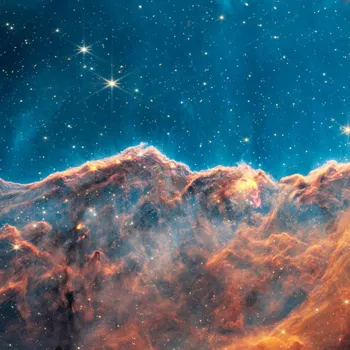
Dwarf planets are celestial bodies that are just a little smaller than planets. Pluto, which earlier was considered a planet, is now considered under the category of dwarf planet. The gravitational pull of the sun keeps this entire solar system together.
Galaxies: vast collections of stars and matter in space
Zooming out even further, we arrive at galaxies. Galaxies are vast collections of stars, gas, dust, and dark matter, all held together by gravity. Our own galaxy, the Milky Way, is a spiral galaxy. It contains billions of stars, including our own Sun.
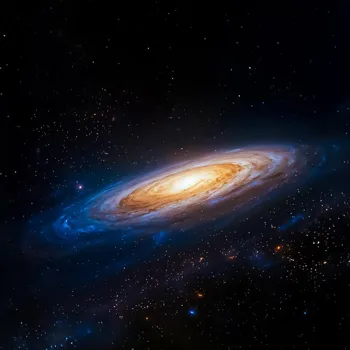
The shape of a galaxy can be anything from spiral to elliptical to irregular. In the night sky, you can see some other galaxies as faint, fuzzy patches. One example is the Andromeda galaxy, our cosmic neighbour.
Galaxies clump in groups and clusters forming superclusters
Galaxies are not evenly distributed in the universe. They tend to clump together in groups and clusters. Our Milky Way galaxy is a part of the Local Group. It is a small cluster of galaxies that include the Andromeda and Triangulum. Clusters can contain from hundreds to thousands of galaxies.
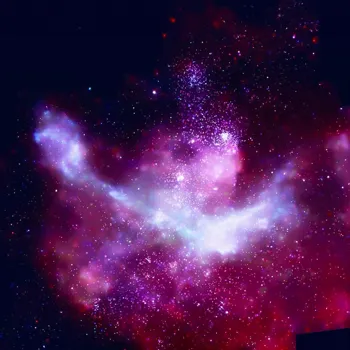
The biggest structures we know in the universe are the superclusters consisting of many clusters of galaxies.
Galaxies form cosmic web through gravity in universe
Finally, we arrive at the largest scale of the universe: the cosmic web. The distribution of galaxies throughout the universe is not random. Galaxies are arranged in a vast network of filaments, sheets, and voids.

This network is known as the cosmic web, and it resembles a giant sponge or a web-like structure. The galaxies are concentrated along the filaments, while the voids are empty (or nearly empty) spaces.
The cosmic web is thought to have formed through gravity acting on small fluctuations in the density of the early universe.
Studying galaxies and cosmic web unveils universe's secrets
Studying the distribution of galaxies and the cosmic web helps us to understand the evolution and structure of the universe. By using powerful telescopes and computer simulations, scientists are gradually mapping the cosmic web and revealing the secrets of the universe.
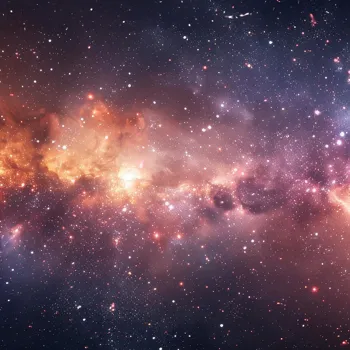
Exploring and investigating the universe is no easy task. However, due to the efforts of scientists and researchers, we are constantly learning and unraveling mysteries about the universe.
Scientists collaborate across fields to unravel universe's structure and mysteries
Understanding the structure of the universe is a grand endeavor that requires the combined efforts of scientists from many different fields. From the smallest atoms to the largest galaxies, each level of organization plays a crucial role in the cosmos.
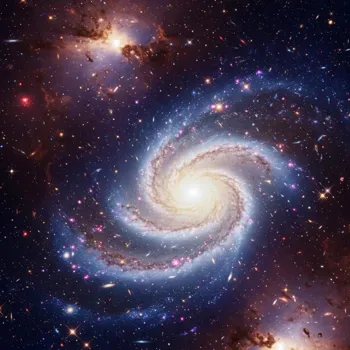
While we have already made tremendous progress, there is still much to discover about the origins, evolution, and ultimate fate of the universe.
Interconnected universe from atoms to galaxies, study cosmos laws
Our journey from atoms to galaxies illustrates how everything in the universe is interconnected. The same fundamental laws of physics govern the behavior of matter at all scales, from the subatomic to the cosmic.
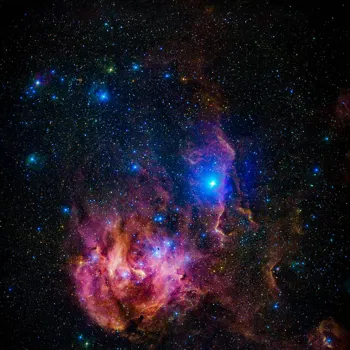
By studying the universe, we can gain a better understanding of our place in the cosmos and the fundamental laws that govern reality. Even though the universe is huge, complex, and overwhelming, it is essential to try and comprehend.
Maybe someday, you will also be the one contributing to these discoveries. Keep asking questions, keep exploring, and keep seeking knowledge about the amazing universe we live in.
AI Generated Content. Glance/InMobi shall have no liability for the content